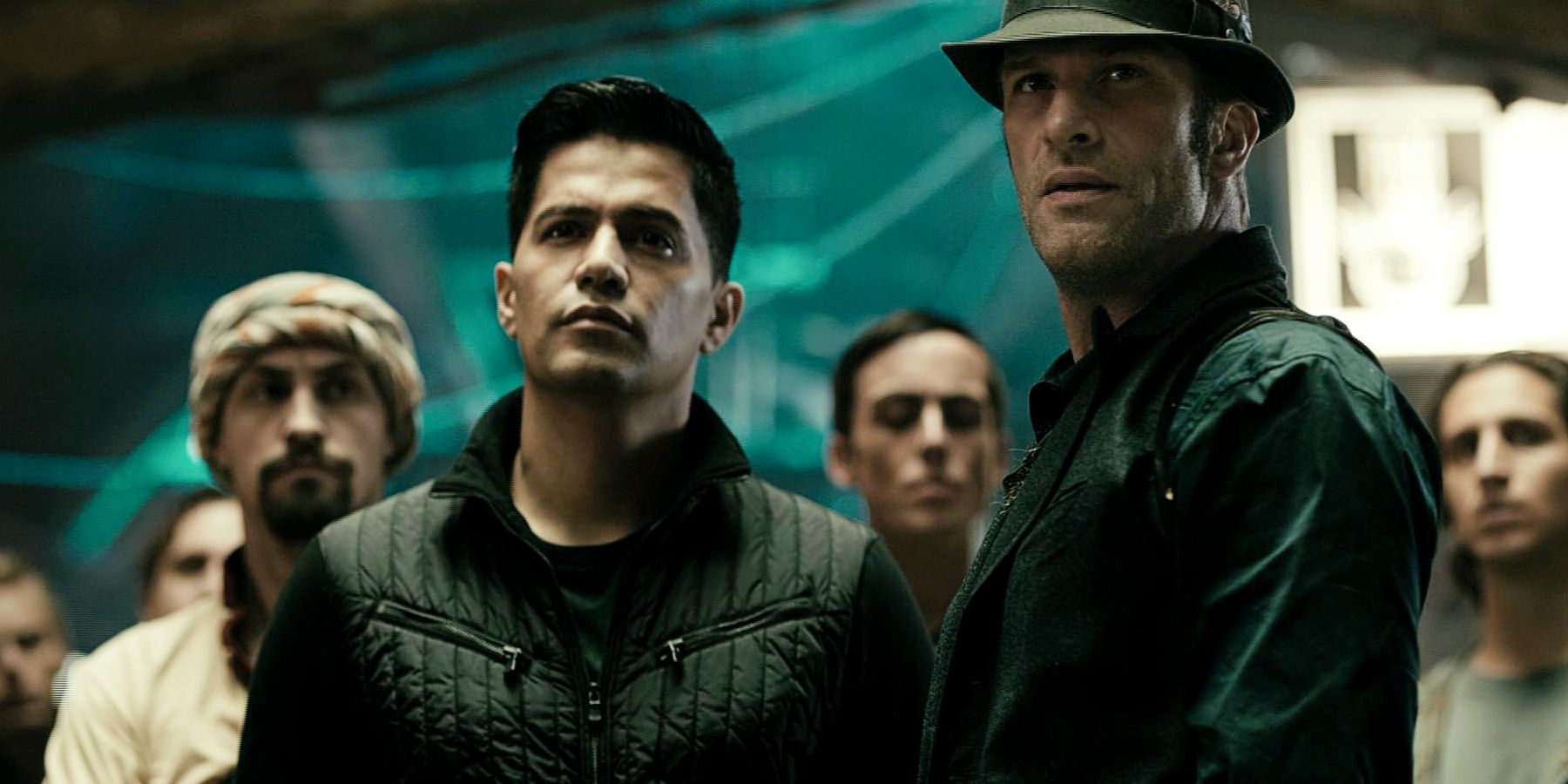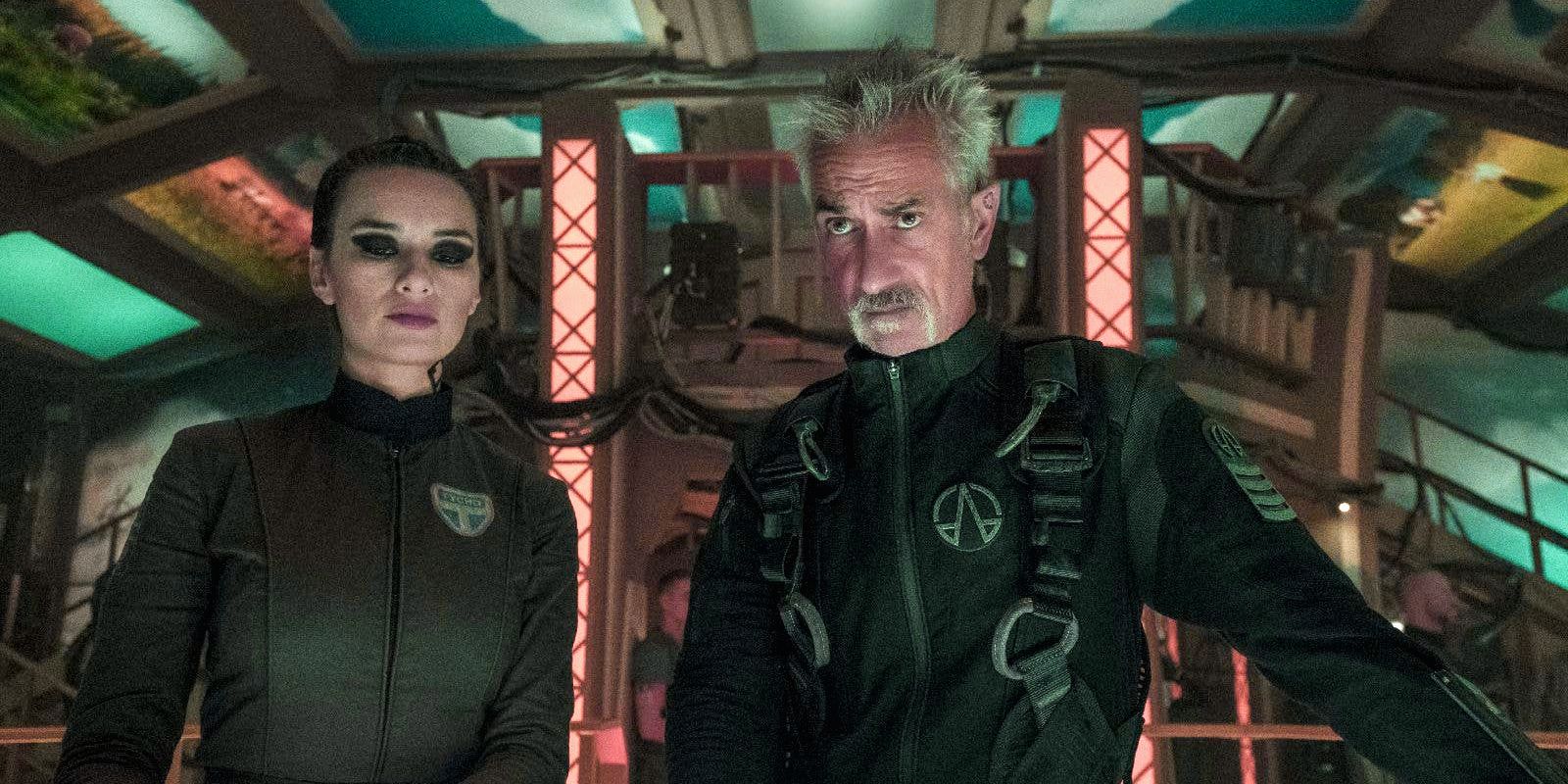Who are the Belters, and what purpose do they serve within the narrative framework of the sci-fi drama series, The Expanse? Based on James S. A. Corey’s novel series of the same name, The Expanse is a dystopian peek into a plausible future, in which humanity has colonized into solar system, leading to major socio-political repercussions rooted in discrimination and prejudice.
In The Expanse, Earth has been reduced to an overpopulated, UN-governed wasteland, while Mars is en-route to becoming a formidable military power, with aims to terraform the entire planet. Struggles for power and resources motivate most factions, as oppression mounts for those deemed powerless, amid abject poverty. While wealth disparity and political intrigue are seminal within the context of the show, much like Babylon 5 and Battlestar Galactica, the narrative of The Expanse unfurls its depth through diverse cultural settings, which ultimately mold the motivations and identities of various characters.
Among these powerful, warring factions, are the Belters, who work and reside in the asteroid belt between Mars and Jupiter or the moons of outer planets, mining resources for the inhabitants of Earth and Mars. Forced to assume the mantle of the working class, The Belters are discriminated against and looked down upon, deemed as second-class citizens who clamber for survival, as opposed to the seemingly plentiful abundance of those on Earth and Mars. In order to understand the worldbuilding of The Expanse better, one needs to look into the identity of the Belters, their origin and purpose, and what they stand for within the show’s macrocosm.
The Expanse: Who Are The Belters?
Also referred to with the pejorative term, ‘skinnies’ due to their physical characteristics, the Belters are an exploited labor force that mines for precious resources (mainly, ice) among the Asteroid Belt, receiving subsistence level supplies for their efforts, which are often mired in life-threatening circumstances. Season 1, episode 1, "Dulcinea" opens with an anguished street preacher explaining how the space station Ceres is a goldmine for natural resources, yet those within the belt are deprived of basic survival aids such as air and water, owing to unequal, capitalist distribution of wealth. Right from the show’s onset, it is established that the Belters are perceived as the other, a deviation from the human species, owing to their distinctive physiology due to low gravitational levels within the belt. The average Belter stands 2-2.5 meters tall, replete with a brittle and emaciated bone structure, and some born in the belt suffer from fatal genetic abnormalities.
Forced into subjugation and stripped off of the label of humanity, the Belters assert their identity through elaborate tattoos, along with their own form of communication, which is a combination of Belter Creole (a pidgin language) and physical gestures unique to them, as non-verbal communication among Belters took center place during spacewalks. Language in literary works can often take a life of their own, such as that of Valyrian (Game of Thrones) or Klingon (Star Trek), and the same applies for Belter Creole, which was created by linguist Nick Farmer, who drew from multicultural influences, including Chinese, Persian, and Hebrew. Language forms a solid plinth for Belter identity, both uniting and alienating them at the same time. Even if a Belter managed to reside on the inner planets, they would be over-policed and underrepresented, while being harassed by planetary authorities.
The Expanse: Why Marco & Other Belters Hate Earth & Mars
The destruction of the utility ship Canterbury marks the inception of rising tensions between all factions, especially between the haves and have-nots, wherein the working class is estranged from the product of their labor. The Outer Planets Alliance (OPA) attempts to assuage conflicts as a labor union-of-sorts, but its decentralized structure provokes divided opinion, wherein some view it as a socio-political movement, while others, as a terrorist organization.
The OPA operative Marco Inaros, who is also faction leader of the Belters, was introduced in season 4 as a formidable antagonist, and the former lover of Naomi Nagata. In Nemesis Games, the combined forces of Earth and Mars shut down the Terryon Lock project (a potential Belter home city), due to which Marcos is propelled to lead an attack and destroy the Augustin Gamarra, a containment ship operating around the outer planets. Marco’s actions are hardwired towards unfettered rebellion, as he is distrustful of potential alliances between the Belters and the Inner planets, owing to the latter’s history of colonizing via class distinction. The Belters, as a whole, harbor a strong sense of animosity towards Earthers and Martians, who have reduced them to mere cogs in a machine and jeopardized their survival as a community. This point is driven home during a scene in which a group of Belters resorts to siphoning water out of Ceres’s system, out of sheer desperation and the need to survive.
The Expanse: Earth & Belt Class Divide Explained
The Earth and Belt class divide can be best understood from a postcolonial perspective, wherein the belt is akin to a rentier state in relation to Earth and Mars. Ceres is a prominent point of contact for the extraction of resources — however, not even a bare minimum of the generated capital is invested to improve the living conditions of the Belters. While the majority of the working class population struggle to survive in abject poverty — with access to poor-quality air and dwindling water reserves — the elites on Ceres are swaddled in abundance, with clear air, freshwater, open lawns, and even birdsong. Instead of redistributing wealth, those in power enviously guard the status quo, which inevitably leads to riots at Ceres station, as seen in season 1, episode 3, “Remember the Cant.”
While the Belt does not have a substantial judicial structure, a promising rebel movement is an integral part of Belter society, which seeks independence and wishes to be recognized as a sovereign state in its own right. It is also interesting to note that Belter Creole or Lang Belta shares certain similarities with real-life Haitian Creole, which originated in the French colony of Saint-Domingue. Haitian Creole was rendered inferior by the colonizers, in the same way, Belter Creole is met with mistrust and derision by those hailing from Inner planets. Also, due to the fact that for most Belters returning to Earth is not a choice, or an inclination for that matter, as they do not view themselves as an extension of Earth, they wish to assume autonomy as a separate entity instead.
However, the colonial hegemony of Earth and Mars in The Expanse is humongous in terms of reach and scale, as exemplified by the dehumanization of the strikers at the Belt Anderson Station and the Ganymede incident, in which the Belters were merely collateral damage for those in power. While one can hope that the Belters will gradually move towards greater political independence and sovereignty in season 5 and onward, The Expanse has crafted Belter ideologies in extreme binaries so far, avoiding the righteous, stable middle ground, which is generally reserved for Earthers like Holden and Avasarala or the likes of the crew of the Rocinante. No matter what transpires next, it is bound to create a massive ripple effect across the entire solar system and alter the fate of humanity once and for all.




